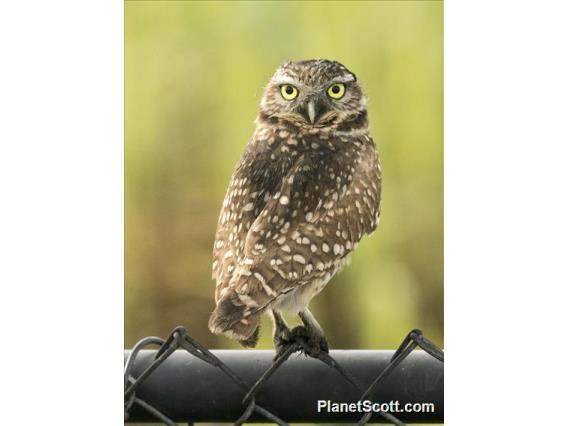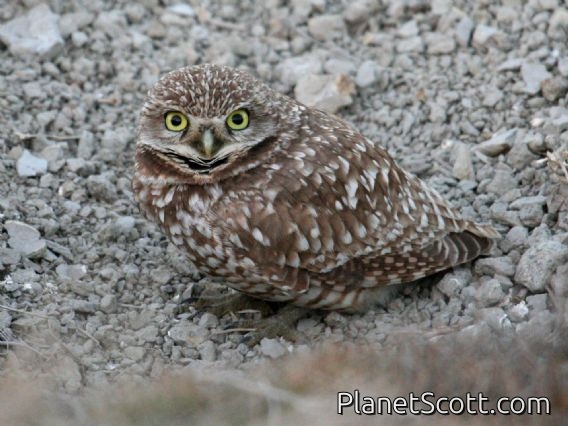Burrowing Owl (Athene cunicularia)

Burrowing Owl (Athene cunicularia)

Burrowing Owl (Athene cunicularia)

Burrowing Owl (Speotyto cunicularia)



×




Burrowing Owl (Athene cunicularia)

Burrowing Owl (Athene cunicularia)

Burrowing Owl (Speotyto cunicularia)
About Burrowing Owl (Athene cunicularia)
- Kingdom: Animals
- Phylum: Chordates
- Class: Birds
- Order: Owls And Nightjars
- Family: Typical Owls
The burrowing owl, also called the shoco, is a small, long-legged, primarily terrestrial—though not flightless—species of owl native to the open landscapes of North and South America. They are typically found in grasslands, rangelands, agricultural areas, deserts, or any other open, dry area with low vegetation. They nest and roost in burrows, and, despite their common name, do not often construct these dwellings themselves, rather repurposing disused burrows or tunnels previously excavated and inhabited by other species, such as American badgers, foxes, ground squirrels or prairie dogs, among others.
Source: Wikipedia
Visits
-
2007-01-22
Palo Alto Baylands, United States of America -
2009-10-12
Bernal Hill, United States of America -
2010-01-01
Arrowhead Marsh, United States of America -
2011-07-13
Brasilia, BrazilThere were three burrowing owls right in the center of town in a patch of dirt and grass. -
2014-01-21
Puerto Escondido, Dominican Republic -
-
-
-
-
-







